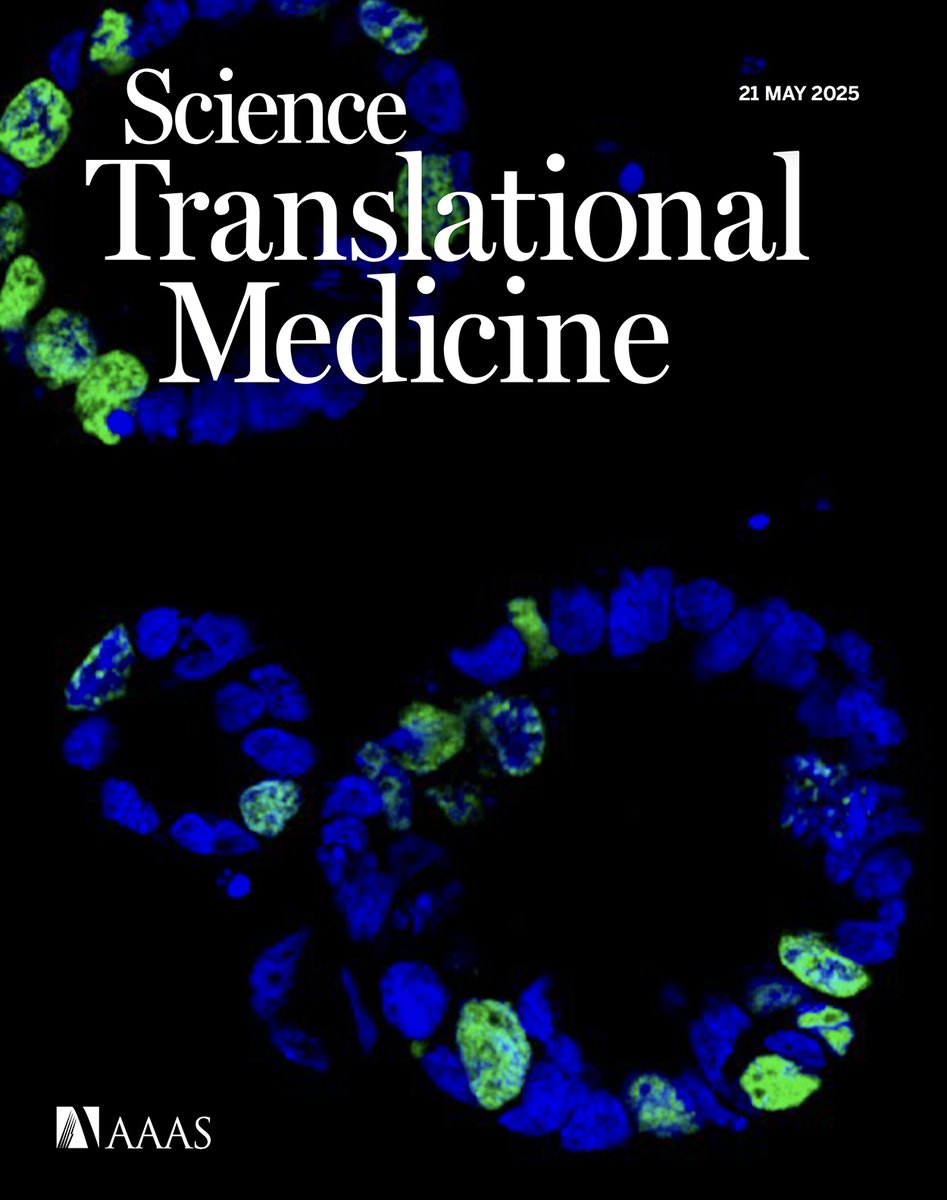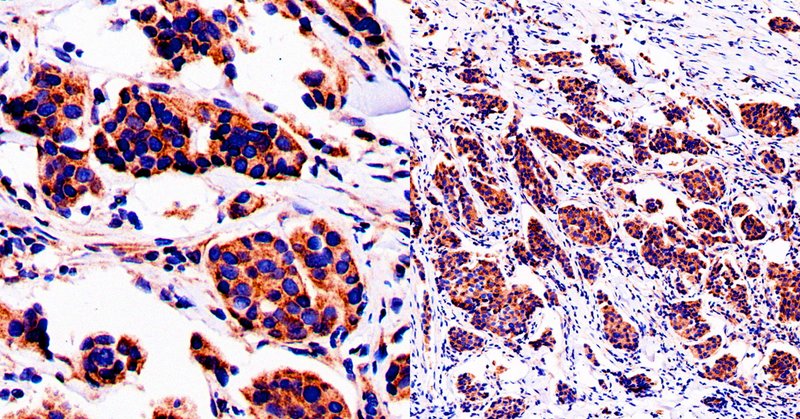
Li Ma, PhD
@LiMaCancerLab
Followers
464
Following
878
Media
21
Statuses
269
Professor @MDAndersonNews studying #metastasis & #immune response. @PKU1898 | @WeillCornellGS-@MSKCancerCenter | @WhiteheadInst alum. Views=own
Houston, TX, USA
Joined December 2021
Our new paper in @ScienceTM: In vivo #CRISPR activation screen identifies acyl-CoA binding protein as a driver of #bone #metastasis. Super excited by this discovery! @ACS_Research @AmericanCancer @MDAndersonNews .
science.org
ACBP and lipid metabolism invigorate tumor cells to adapt and thrive in the bone, which can be targeted by an FAO blocker or a ferroptosis inducer.
A clinical study reveals why vaccines for meningococcus can partially protect against gonorrhea, CRISPR screens reveal a new treatment target in bone metastasis, and more in the new issue of #ScienceTranslationalMedicine.
2
6
28
RT @ScienceTM: Leveraging #CRISPR activation screens, researchers identify the lipid metabolism protein ACBP as a key driver of bone metast….
0
6
0
🦴Our @ScienceTM study discovered ACBP as a metabolic driver of #BONE #metastasis. 🔬 Blocking fatty acid oxidation or inducing ferroptosis shuts down bone metastasis in vivo. 📰 @MDAndersonNews highlight:. @ACKoongMDPhD @DraettaG @CarinHagberg.
mdanderson.org
Study identifies a new driver and therapeutic vulnerability of bone metastasis
4
8
29
Hiring Postdoctoral Fellows for Cancer Metastasis & Immunotherapy research in my lab at MD Anderson! #PostdocJobs #CancerResearch @MDAndersonNews Apply:
2
6
13
RT @Lo_Zanzi: #EveryCellIsAnImmuneCell! Deng @LiMaCancerLab &co show @NatMetabolism that during liver damage, LIFR drives production of CXC….
nature.com
Nature Metabolism - The liver tumour suppressor LIFR plays a key role in liver repair and regeneration by orchestrating cholesterol-driven neutrophil hepatocyte growth factor production and...
0
3
0
17-Kudos to the first author @Yalan_Deng and my entire team for their hard work and continued inspiration. Huge thanks to our collaborators, @Zhu_Lab, Michael Curran, and Chunru Lin, for sharing their resources and outstanding expertise.
0
2
2





